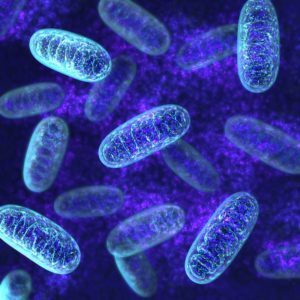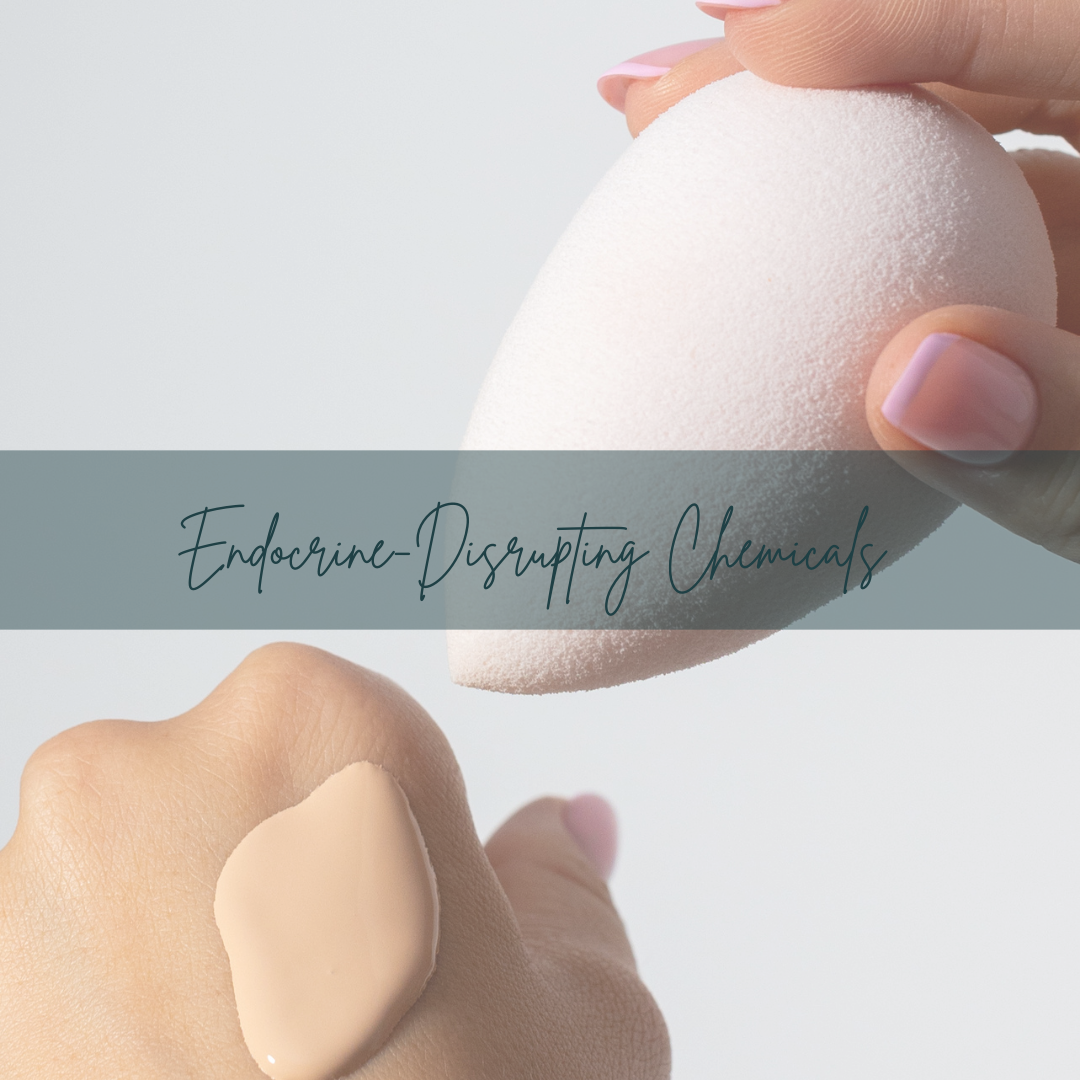Have you ever wondered why exercise is so good for your health? Sure, you may know that it helps you burn calories, strengthen your muscles, and improve your mood. But did you know that exercise also triggers the release of a special type of molecules called myokines?
Myokines are proteins that are produced by muscle cells during physical activity. They act as chemical messengers that communicate with other organs and tissues, such as the brain, the liver, the heart, and the immune system. Myokines have many beneficial effects on the body, such as:
– Reducing inflammation and oxidative stress, which are linked to chronic diseases like diabetes, cardiovascular disease, and Alzheimer’s disease.
– Enhancing neurogenesis and synaptic plasticity, which are essential for learning and memory.
– Stimulating the production of new blood vessels and improving blood flow, which can lower blood pressure and prevent strokes.
– Modulating metabolism and glucose uptake, which can help regulate blood sugar levels.
– Boosting immune function and fighting infections, which can protect against viruses and bacteria.
Myokines are sometimes called the “hope molecule” because they have the potential to prevent or treat many age-related diseases and improve the quality of life for millions of people. However, not all myokines are created equal. Some myokines have more positive effects than others, and some may even have negative effects in certain situations. For example, interleukin-6 (IL-6) is a myokine that can have both anti-inflammatory and pro-inflammatory effects, depending on the context and the duration of exercise.
It is then important to understand how different types of exercise affect the production and secretion of myokines. Research has shown that aerobic exercise (such as running, cycling, or swimming) tends to increase the levels of anti-inflammatory myokines, while anaerobic exercise (such as weightlifting or sprinting) tends to increase the levels of pro-inflammatory myokines. However, this does not mean that one type of exercise is better than the other. Both types of exercise have their own benefits and drawbacks, and a balanced combination of both may be optimal for overall health.
The study of myokines is a relatively new field of research, and there is still much to learn about these fascinating molecules. However, one thing is clear: exercise is not only good for your muscles, but also for your whole body. By activating your muscles, you are also activating your myokines, which can help you fight disease, enhance cognition, and extend your lifespan.
Get moving and unleash the power of your myokines!



